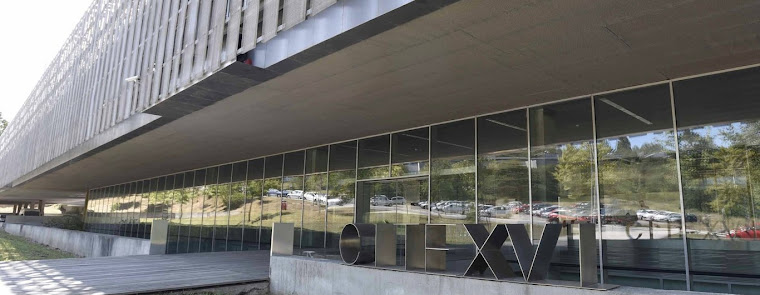ACS Omega
This work aims at assessing the influence of two different solvents, bidistilled water and toluene, on dispersions of carbon-based engineered nanomaterials, namely, fullerenes, and their self-assembly behavior. The obtained self-assembled carbon-based materials were characterized using UV–vis spectrophotometry and transmission electron microscopy techniques. The results obtained were unexpected when toluene was used for dispersing fullerene C60, with the formation of two different types of self-assembled structures: fullerene C60 nanowhiskers (FNWs) and a type of quasispherical nanostructure. The FNWs ranged between 1 and 6 μm in length, whereas the quasispherical fullerene C60 nanoaggregates ranged between 10 and 50 nm in diameter. Aggregates obtained in toluene showed a well-formed crystal structure. When using water, the obtained aggregates were amorphous and showed a no well-defined shape. Their sizes ranged between 20 and 40 nm for nanosized structures and between 0.4 and 4.8 μm for micron-sized self-aggregates.



